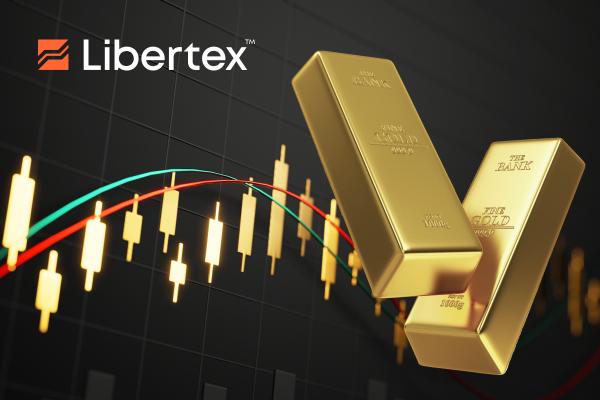It feels like forever since gold was last fluctuating. We'd have to go back to the post-pandemic inflation spike of 2022, where it gained around 10% in the space of just six months to reach a local high of $1,998 in March 2022 before falling again in the summer and finishing the year at a shade below $2,000. While some of gold's real gains were obscured by the simultaneous strength of the US dollar at the time, this type of movement is not uncommon for the quintessential hedge. A period of effective stagnation followed for more than a year as the Fed pursued an aggressively hawkish monetary policy, but then something dramatic happened…
The yellow metal started 2024 with a bang, something quite uncharacteristic for this slow and steady instrument. From January to August, gold gained over 25% to top $2,500 per Troy ounce amid a double whammy of growing geopolitical instability and tensions and anticipation of a major policy pivot from the Fed. But how are these factors likely to continue to affect gold prices in the coming months, and is there anything else investors and traders should be aware of? For the answers to these questions and more, read on.
Uncertain gains
It's been proven over centuries that trying times tend to be good for gold, and the world has been poised on a virtual knife-edge for much of the past two years. Following an initial conflict in Europe leading to energy price spikes, we've now seen a rise in the stakes in the Middle East that threatens to embroil several oil-producing states in a potentially global war. It's no coincidence that nearly all of the yellow metal's 22% YTD gain from its previous ATH has come since 7 October 2023, when the latest conflict in the region was sparked.
However, if the geopolitical instability wasn't enough, there has been even more domestic disorder in the world's largest per-capita economy: the US. A last-minute candidate change by the Democrats and an assassination attempt on Trump have really thrown the cat amongst the pigeons ahead of the key presidential election this November. Couple this with the high inflation environment that we've seen since the end of the pandemic, and it's totally understandable why gold is enjoying elevated demand amongst investors looking to preserve their wealth. Confidence in paper money is at an all-time low, and as the Fed prepares for a hard pivot towards a more dovish policy, the flight from fiat (and thus gold's bull cycle) is likely to continue at least until the end of 2024.
Fundamental change
As we've touched upon, the Fed is set to cut rates for the first time since the pandemic, with the latest data having the possibility of it being a 50 bps cut at over 30%. Needless to say,this is likely to erode confidence further in the USD as a store of wealth and could potentially lead to an uptick in inflation, both of which would be positive factors for gold.
An additional macroeconomic factor will doubtlessly be the raft of US labour market data due out this week, including the JOLTS Job Openings, ADP Employment Change, Jobless Claims, ISM Services Employment Index, and Non-farm Payrolls (NFP). At his recent speech in Jackson Hole, Fed Chairman Jerome Powell officially shifted the regulator's focus from inflation to the fragile labour market, suggesting that downside risks to employment were now greater than upside risks to inflation. If his concerns prove correct when the data are released this Thursday and Friday (5-6 September), this will give gold more cause for gains.
Another crucial fundamental factor for gold has been rising demand from both central banks and the industrial sector, with the latest data suggesting that the protracted period of subdued Chinese demand could be over. In statistics released in the last week of August, the World Gold Council (WGC) revealed a 17% rise in China's net gold imports in July, the first month of gains since March. This comes after central bank buying hit a record high in Q1 2024, with this trend set to persist. In light of this, it's easy to see why Goldman Sachs has issued a "long gold" recommendation, predicting $2,700 per ounce in 2025.
Trade gold and more CFDs with Libertex
With Libertex, you can trade CFDs in a wide variety of asset classes, including CFDs in stocks, crypto, and energy, as well as forex, options, and, of course, precious metals. In addition to the first-choice hedges, gold (XAU/USD) and silver (XAG/USD), Libertex also offers metal CFDs in underlying assets such as copper, platinum, and palladium. Even better, Libertex provides both long and short positions, with or without leverage, so you can have your say wherever you believe prices are headed. Try the multi-award-winning Libertex trading app today. For more information or to create an account, visit www.libertex.com/signup today!


